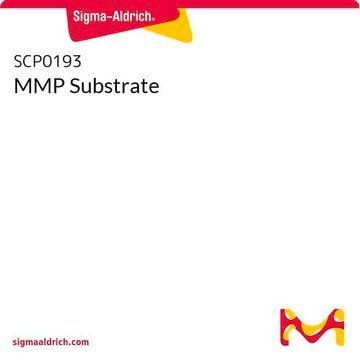M2004
N-Methyl-D-glucamine
99.0-100.5% (titration)
Synonim(y):
1-Deoxy-1-(methylamino)-D-glucitol, Meglumine
About This Item
Polecane produkty
Próba
99.0-100.5% (titration)
Postać
powder
temp. samozapłonu
~662 °F
mp
129-131.5 °C (lit.)
ciąg SMILES
CNC[C@H](O)[C@@H](O)[C@H](O)[C@H](O)CO
InChI
1S/C7H17NO5/c1-8-2-4(10)6(12)7(13)5(11)3-9/h4-13H,2-3H2,1H3/t4-,5+,6+,7+/m0/s1
Klucz InChI
MBBZMMPHUWSWHV-BDVNFPICSA-N
Szukasz podobnych produktów? Odwiedź Przewodnik dotyczący porównywania produktów
Opis ogólny
Zastosowanie
Kod klasy składowania
11 - Combustible Solids
Klasa zagrożenia wodnego (WGK)
WGK 1
Temperatura zapłonu (°F)
Not applicable
Temperatura zapłonu (°C)
Not applicable
Środki ochrony indywidualnej
Eyeshields, Gloves, type N95 (US)
Certyfikaty analizy (CoA)
Poszukaj Certyfikaty analizy (CoA), wpisując numer partii/serii produktów. Numery serii i partii można znaleźć na etykiecie produktu po słowach „seria” lub „partia”.
Masz już ten produkt?
Dokumenty związane z niedawno zakupionymi produktami zostały zamieszczone w Bibliotece dokumentów.
Klienci oglądali również te produkty
Nasz zespół naukowców ma doświadczenie we wszystkich obszarach badań, w tym w naukach przyrodniczych, materiałoznawstwie, syntezie chemicznej, chromatografii, analityce i wielu innych dziedzinach.
Skontaktuj się z zespołem ds. pomocy technicznej










